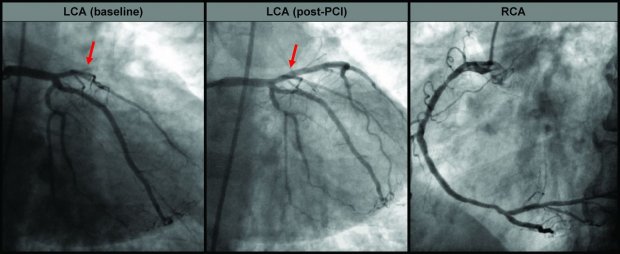
Superparamagnetic iron oxide nanoparticles
Tabriz
, Iran3Tehran University of Medical Sciences, Nanotechnology Research Center, Department of Nanotechnology, Faculty of Pharmacy,Tehran
, Iran Mahmoudi@stanford.edu4Max Planck Institute for Polymer Research,Ackermannweg 10, 55128 Mainz
, Germany5University of Alberta, Faculty of Pharmacy and Pharmaceutical Sciences,Edmonton, Alberta
, Canada6Stanford University, School of Medicine, Division of Cardiology, Department of Pediatrics,Stanford, CA
, USA†, *Authors for correspondence
Introduction: Bearing in mind that many promising drug candidates have the problem of reaching their target site, the concept of advanced drug delivery can play a significant complementary role in shaping modern medicine. Among other nanoscale drug carriers, superparamagnetic iron oxide nanoparticles (SPIONs) have shown great potential in nanomedicine. The intrinsic properties of SPIONs, such as inherent magnetism, broad safety margin and the availability of methods for fabrication and surface engineering, pave the way for diverse biomedical applications. SPIONs can achieve the highest drug targeting efficiency among carriers, since an external magnetic field locally applied to the target organ enhances the accumulation of magnetic nanoparticles in the drug site of action. Moreover, theranostic multifunctional SPIONs make simultaneous delivery and imaging possible. In spite of these favorable qualities, there are some toxicological concerns, such as oxidative stress, unpredictable cellular responses and induction of signaling pathways, alteration in gene expression profiles and potential disturbance in iron homeostasis, that need to be carefully considered. Besides, the protein corona at the surface of the SPIONs may induce few shortcomings such as reduction of SPIONs targeting efficacy.
Areas covered: In this review, we will present recent developments of SPIONs as theranostic agents. The article will further address some barriers on drug delivery using SPIONs.
Expert opinion: One of the major success determinants in targeted in vivo drug delivery using SPIONs is the adequacy of magnetic gradient. This can be partially achieved by using superconducting magnets, local implantation of magnets and application of magnetic stents. Other issues that must be considered include the pharmacokinetics and in vivo fate of SPIONs, their biodegradability, biocompatibility, potential side effects and the crucial impact of protein corona on either drug release profile or mistargeting. Surface modification of SPIONs can open up the possibility of drug delivery to intracellular organelles, drug delivery across the blood–brain barrier, modifying metabolic diseases and a variety of other multimodal and/or theranostic applications.
You might also like



|
Superparamagnetic Iron Oxide Nanoparticles: Synthesis, Surface Engineering, Cytotoxicity and Biomedical Applications (Nanotechnology Science and Technology) Book (Nova Science Publishers, Inc.) |
|
Surface modification of superparamagnetic iron oxide nanoparticles: Surface functionalizing superparamagnetic iron oxide nanoparticles using nitrocatechol anchors Book (Südwestdeutscher Verlag für Hochschulschriften) |





